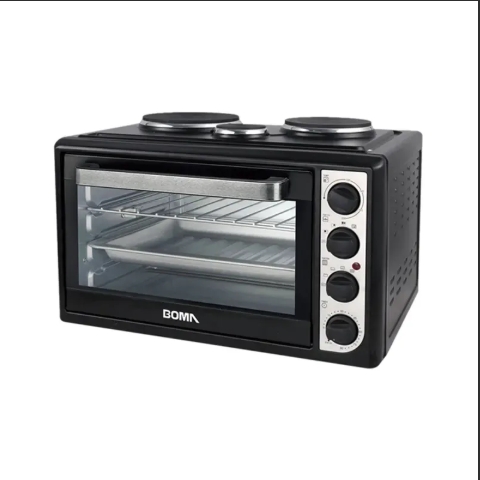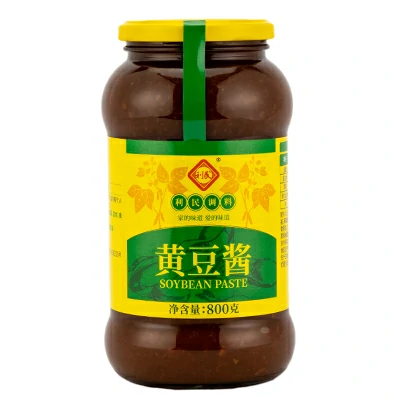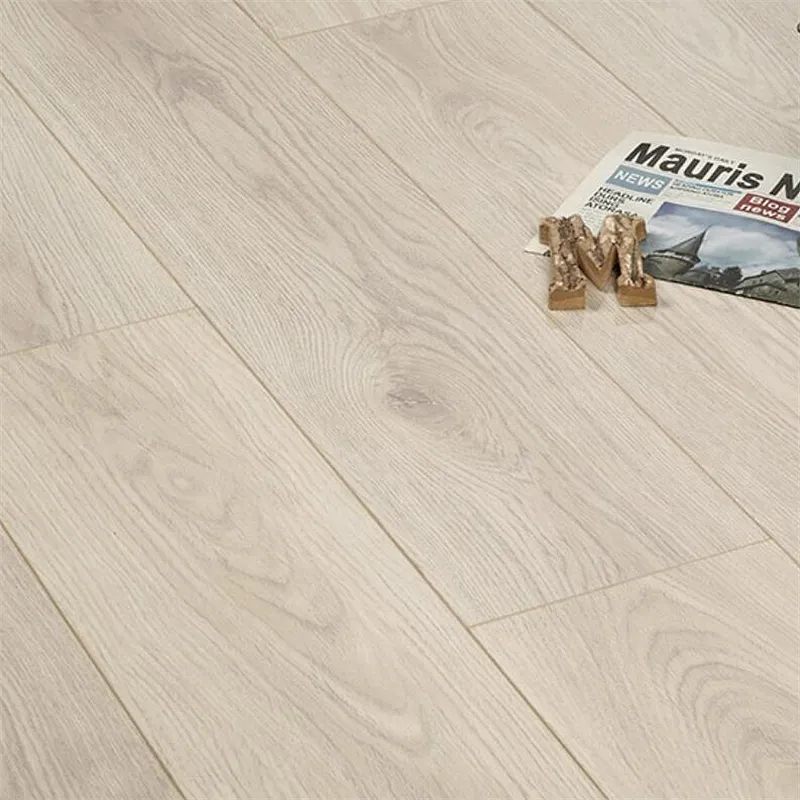What are the advantages of using a grill for quick weeknight meals?
Faster Heat-Up for Weeknight Cooking
Gas grills heat in minutes. No need to wait half an hour like charcoal. Press a button and dinner begins. Fast ignition gets food on the table sooner. A well-designed grill keeps temps steady and reliable.
Heat-Up Comparison
| Grill Type | Heat-Up Time | Best For |
|---|---|---|
| Gas/Stainless Steel | 5–10 minutes | Quick weeknight meals |
| Charcoal | 20–30 minutes | Weekend feasts |
| Combo (gas+charcoal) | 5 minutes | Flexibility |

Easy Temperature Control
A gas stainless steel grill gives precise control. You can sear on high or slow-cook on low. Knob adjustments are simple. This is ideal for cooking different dishes at once.
Low Maintenance and Cleanup
Gas grills have fewer ashes and soot than charcoal. Most have removable trays and non-stick grates. Wipe down tools and you’re done. With bbq barbeques galore, minimal cleanup makes daily grilling easier.
Cleanup & Maintenance
| Feature | Gas/Stainless Steel | Charcoal Grill |
|---|---|---|
| Ash Cleanup | Low | High |
| Grease Disposal | Easy | Moderate |
| Regular Upkeep | Low | High |
Versatility in Cooking
Grills can do more than burgers. You can roast, sear, smoke, or even bake. Many stainless steel grill models include side burners or griddle inserts. A combo grill lets you mix gas and charcoal cooking.
Safety and Convenience
Gas grills offer instant ignition and even heat. They also produce less smoke, making them neighbor-friendly. Many residential codes favor gas for safety. Electric or propane grills reduce risk and hassle.
Convenience & Safety
| Attribute | Gas Stainless Steel | Charcoal Grill |
|---|---|---|
| Quick Start | Yes | No |
| Adjustable Heat | Yes | Limited |
| Smoke Output | Low | High |
| Safety Complexity | Low | Moderate |

Flavor and Texture for Fast Meals
Gas grills using stainless grates deliver good sears. While charcoal adds smoke flavor, gas gives juicy, crisp results fast. A stainless steel grill with cast iron or sear burner will satisfy.
Factors Affecting the Lifespan of a Grill
The material of your backyard barbecue grill plays a crucial role in determining how long it will last. Grills made from stainless steel or cast iron typically last longer than those made from other materials. Stainless steel resists rust and corrosion, while cast iron, when properly maintained, can last for decades. However, grills made from cheaper materials may show signs of wear and tear much sooner.
Usage frequency also impacts the longevity of your grill. If you use your professional barbecue grill frequently, it may not last as long as a grill used only occasionally. Intense, regular use can cause wear and tear on the components, especially if the grill isn’t properly maintained. On the other hand, a rotating barbecue grill may have moving parts that require additional care, which could affect its lifespan.
Maintenance is another critical factor. Regular cleaning and proper storage extend the life of your backyard barbecue grill. Removing grease, food particles, and other debris after each use can prevent corrosion and rust. Additionally, covering your grill when not in use protects it from the elements, further prolonging its life.
Average Lifespan of Different Grills
The average backyard barbecue grill lasts between 5 to 15 years. This range varies depending on the factors mentioned earlier. A well-maintained stainless steel grill can easily reach the upper end of this range, while a poorly maintained grill may only last a few years.
A professional barbecue grill often has a longer lifespan due to its higher quality materials and construction. These grills are designed for frequent use and can last up to 15 years or more with proper care. However, their longevity also depends on how well they are maintained and the environment in which they are used.
A rotating barbecue grill might have a slightly shorter lifespan, especially if the rotating mechanism isn’t regularly serviced. The moving parts are prone to wear and tear, which could lead to a shorter overall lifespan. However, with regular maintenance and proper use, even a rotating barbecue grill can last a decade or more.
Accessibility and “Grill Repair Near Me”
Gas grills are common and easy to service. If you need grill repair near me, local techs can replace valves, burners, or grills grate parts. This keeps your grill working all year.
Ideal for Busy Families
Shoppers at bbq barbeques galore often choose gas grills. Why? Cooking dinner after school is fast and fun. You can grill veggie skewers, fish fillets, or fajitas in under 20 minutes. That saves time and keeps flavor.
Smart Features Enhance Speed
Modern grills have smart temp gauges or leak alerts. You can preheat on your phone or track meat temps live. Smart grills simplify weeknight cooking.
Why Choose a Combo Grill?
Combo grills give you both gas convenience and charcoal flavor. Use gas on busy nights and charcoal on weekends. It’s like having two grills in one.
Cost Over Time
Gas grills cost more to buy initially but save time and fuel in the long run. Charcoal grills are cheaper upfront but need more fuel and cleanup supplies.
User Feedback on Gas vs. Charcoal
Many grillers say gas wins for convenience and speed. Reddit users confirm it’s ideal for every-night use. Others still praise the flavor of charcoal for weekends. The choice depends on your routine.
Long-Term Grill Investment
A quality stainless steel grill can last years. Regular cleaning and maintenance help. Add parts when needed, and professional services are easy to find. Look for rust-resistant models with warranties.
Final Thoughts
For quick weeknight meals, a stainless steel grill is a smart kitchen tool. It offers fast heat, flavor, and ease. The ability to control temperature and cleanup fast makes it ideal. Whether you use gas or a combo setup from places like bbq barbeques galore, grilling on weekdays becomes a joy, not a chore.
If your grill needs a fix, grill repair near me services are available locally. Invest in quality, follow simple upkeep steps, and enjoy dinner off the grill tonight.




.jpg?x-oss-process=style/common)




